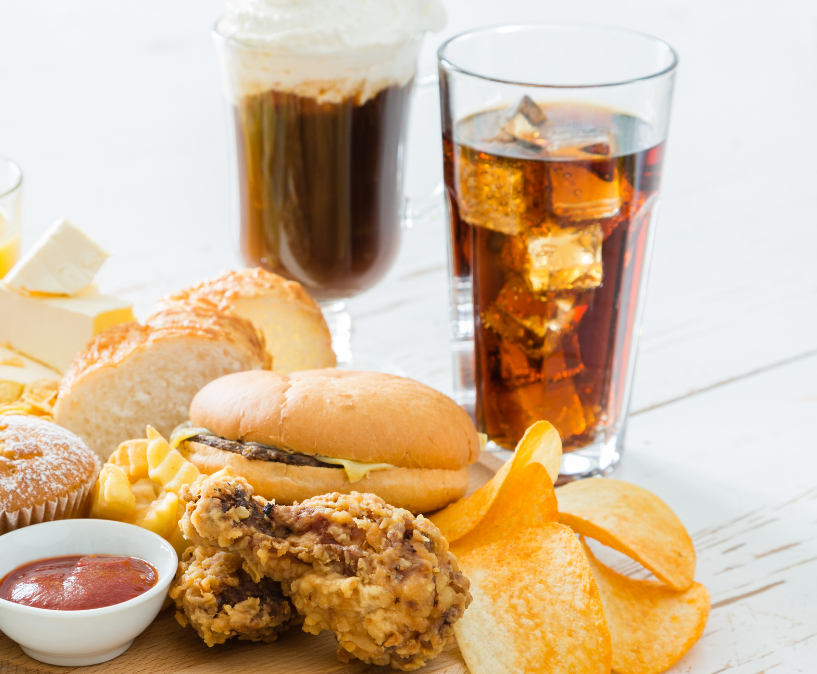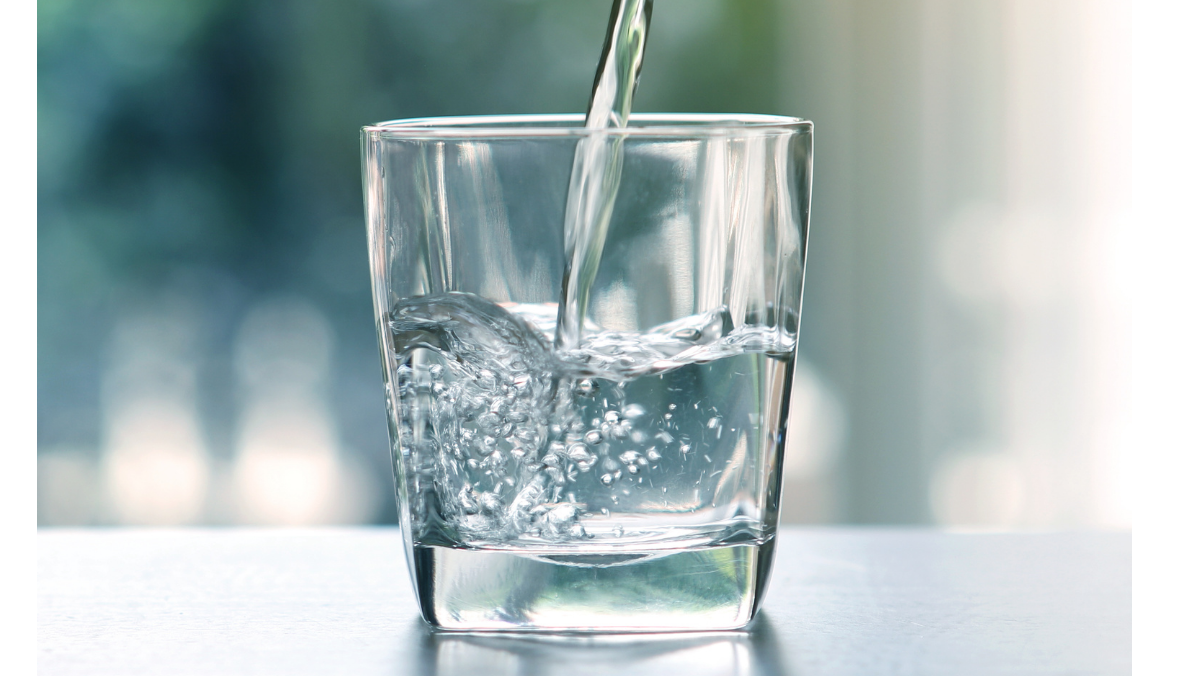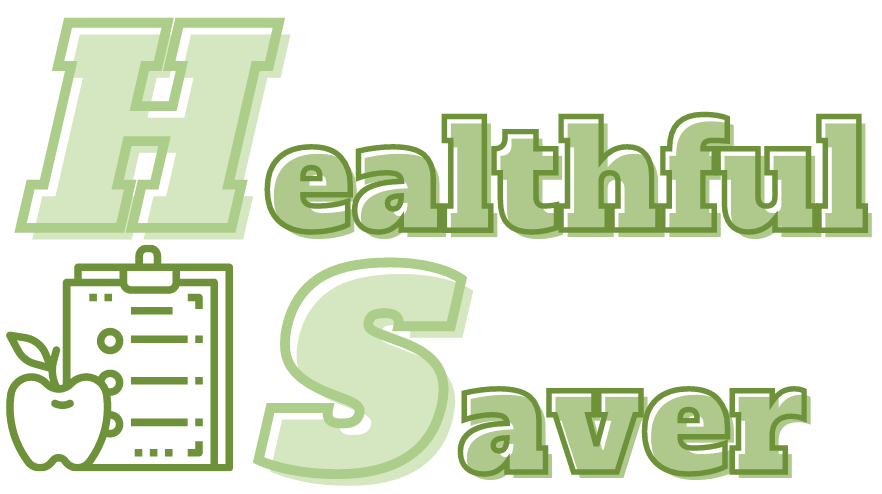Many of us have been introduced to the Eatwell plate, often in places like schools, to tell us how to create a balanced diet. Whilst this sounds like an easy task, often it can be quite difficult to ensure we are hitting all the food groups daily, or over-indulging in some more than others. This is particularly the case in our busy lives, where fast food takeaways are readily available, and you don’t even need to leave the house anymore!
The idea of eating healthy can often be seen as nothing more than a dull diet of lettuce leaves and no flavour, but it doesn’t have to be. Here, I want to break down the sections of the food plate so you can get a better understanding of what you should be including in your diet everyday:

Fruit & Vegetables
Fruit and Vegetables are an essential part of your diet, as they provide your body with the vitamins, minerals and fibre it needs.
Many of us are aware that we should aim for at least 5 portions of fruit and veg in total a day, although some studies suggest we should aim for closer to 8 portions a day.
Carbohydrates
Starchy foods like Carbohydrates include potatoes, pasta, rice and bread, which should make up around a third of our diet, as they provide our bodies with energy and good nutrients. You can also opt for high fibre, wholegrain alternatives like wholewheat pasta and rice.
When people diet, they often tend to completely cut out carbs as it can reduce affects like bloating, but some starchy foods are needed to give you energy throughout the day.


Dairy and Dairy Alternatives
Milk, cheese and yoghurt are really good sources of protein and calcium, which helps maintain healthy bones.
In recent years, more people are choosing vegan diets, whereby they no longer consume dairy products produced by animals. However, they need to have dairy alternatives like soya milk to ensure they still get these nutrients. Otherwise, they run the risk of developing health conditions such as oesteoperosis.
Protein
Protein options such as meat, fish, eggs and beans are good sources of protein, vitamins and minerals. You should realistically aim for at least 2 portions of fish every week, 1 of which should be oily, like fish.
Pulses, such as lentils, beans and peas, are good meat alternatives because, not only are they a good source of protein, but they are also lower in fat and higher in fibre.
If you do have meat, though, choose lean cuts of meat, and try to eat less red and processed meat.


Fats and Sugary Foods
Some people are under the assumption that fats are bad for you and you should cut them out of your diet completely. This is not true, though, as some fats in your diet help create that balance.
However, you should try and opt for unsaturated fats like include sunflower, olive, and vegetable oils sparingly. If you do include fats like sweets, chocolate, and fizzy drinks, these should be used sparingly, too, as they are not needed in your diet.
Drinking Plenty of Water
Drinking plenty of water not only stops you from getting dehydrated but also helps clean skin and boost your metabolism. The recommended fluid intake is 6-8 glasses a day.
Fruit juices also count, and whilst they are somewhat good for you, they contain free sugars that can damage your teeth. Therefore, you should limit yourself to 150ml a day where possible.

